Sleeping Methods pick up put down
Pick Up Put Down
Pick Up Put Down is a gentle, “no cry” sleep training method suitable for babies 16 weeks and over. “No Cry” means you do not leave your baby to cry alone, but you can still expect there will be some crying involved.
This method takes time, patience and requires you to stay very calm. It can take up to 2 weeks for everything to really fall into place, but you should start to see good progress within 3-5 days, if you are very consistent with applying the Pick Up Put Down technique.
You are going to use your presence, your voice, your touch and pick ups to help your baby be in a calm state in their cot, enabling them to fall asleep independently.
This method works very well for babies who:
Are very accustomed to being assisted to sleep with feeding, rocking or holding
Are not yet very independent - are not happy to play by themselves, like to be held rather than placed down on the floor
Calm down quickly when picked up
Method:
Complete your pre nap ritual / wind down period, then place your baby down in their cot awake and calm. You are going to stay with them until they are asleep, so you may want to pop a chair next to the cot so you can sit down between pickups.
Step 1 -
If your baby starts to cry, use your voice (shhh/sing/talk to them calmly) for 10-30 seconds before placing your hand on them. Provide them with physical reassurance by placing your hand on their chest, stroking their head, or if they are lying on their tummy, rub their back for at least 1 minute. Stay nice and calm, try to keep your voice even and soft, and remember to breathe!
Step 2 -
After a minute or two, listen carefully to your baby. Ask yourself, are they becoming more emotional? Is their crying staying the same? Have they de-escalated? If their crying is the same, or they have started to calm down, remove your hand again and use your voice for a further minute or two. If your baby is still swaddled arms down, you could try rolling them onto their side and patting their back or bottom to see if this helps them back to being calm. You would not pat them all the way to sleep, just to calm. If this worked, you would roll them back on their back when they were calm, and keep a hand on their chest for a minute or so.
Step 3 -
If your baby is becoming emotional and crying harder, pick them up and try to settle/calm them in your arms without bouncing or rocking. Hold your baby in your arms and settle them with a shoulder cuddle or cuddle and pat. If they have a strong feeding to sleep association, you may give them a short feed to calm - not feed to drowsy or feed to asleep - just a feed to help them calm down if you find they are not calming with pick ups. You would only aim to do a feed to calm 1 or 2 times per settling period, not with every pick up (think of it as a last resort for the first 2 or 3 days).
Step 4 -
When your baby is calm again (has been calm in your arms for 10-30 second), place them back in the cot. You do not want them getting drowsy in your arms, as this will be very confusing for them and will elicit more crying. The pick ups are simply to help your baby calm down, not to help them fall asleep.
Step 5 -
Repeat stages 1-4 until your baby is calm enough in the cot with just your presence, voice or touch, to fall asleep. You don’t want to touch them all the way to sleep, so try to remove your touch once they are calm.
Each settling period, you should aim to do a little less - less picking ups, less touch and less voice. If you can consistently reduce how much you are doing every couple of days, you should get to the stage where you are able to just place your baby down at bedtime, and they can fall asleep happily, without needing any intervention from you. You will have successfully helped your baby develop self settling skills.
You might find you have to pick up your baby 20-30 times in one settling period to start with. By day 3‐4, you want to aim for that number to be as low as 1‐10 times.
If you find your baby is arching their back, squirming in your arms, pushing off your chest, or crying more when you pick them up, this method is possibly not right for their temperament and we would need to talk about using a different strategy.

